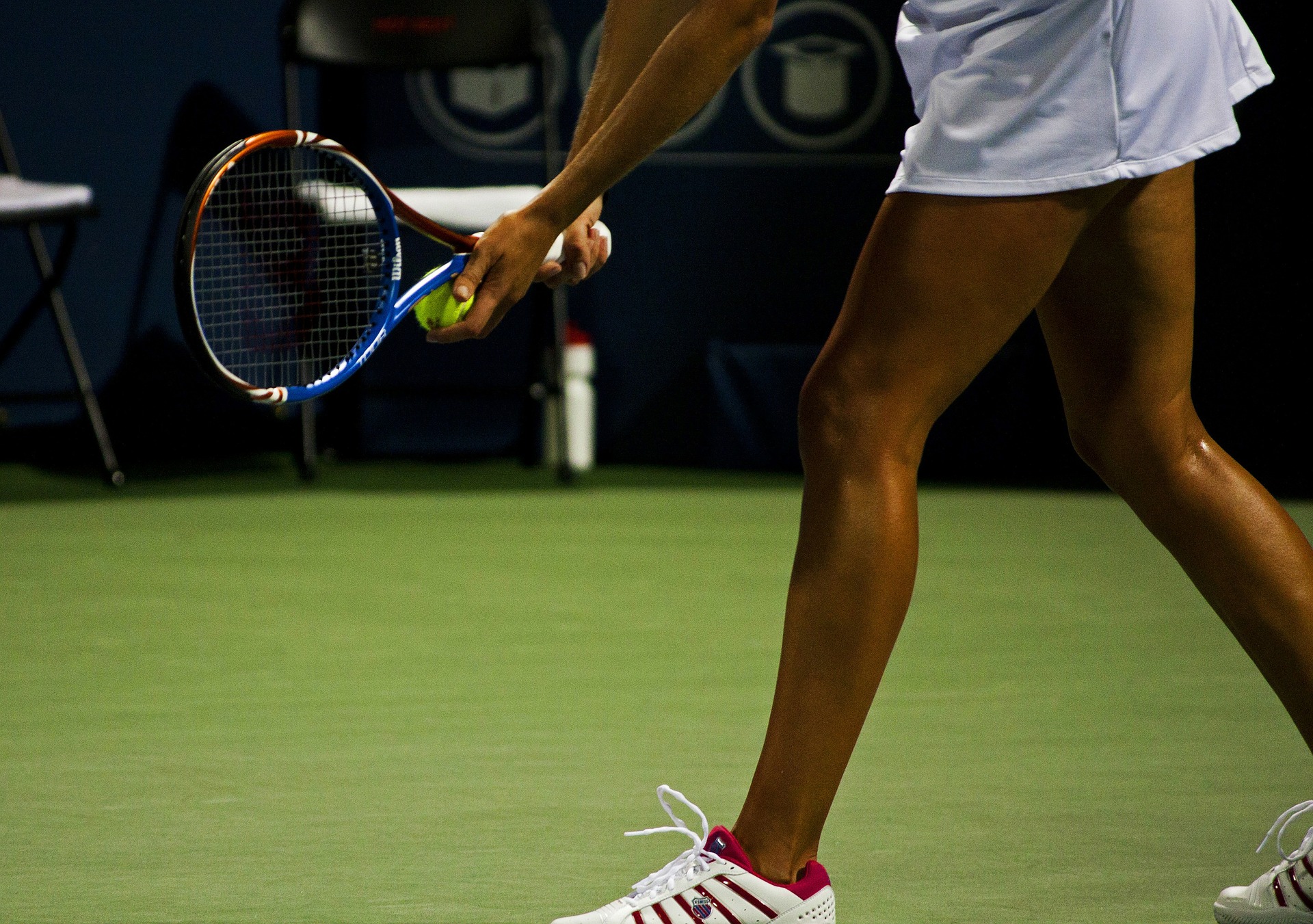Tennis is a great sport, but selecting the right racquet can seem like a headache. There are so many things to consider while buying a tennis racquet, that a book can be written on the steps to buy the perfect product, but instead of doing that, we’ve put together some of the most vital steps while avoiding the unnecessary ones for your convenience. Here are some of the main points.
All the tennis racquets currently available in the market can easily be divided into four different types, depending on the amount of power they take to operate smoothly, and of course the player’s experience. Here is a brief outlook on each category.
Power Oriented Racquets
As the name suggests, these racquets are made for the players who like to have more power from the racquet than their swing of the arm. The racquet is long, lightweight, less flexible, and the head is much wider than most of the conventional racquets for added convenience while making the shot. Over-sized heads allow the players to cover more area while swinging. You’ll need much less power and swing to play with these racquets in the playground. A wide variety of these racquets (varying in head sizes) is available in the market.
Middle or Tweener Racquets
Tweener sounds like a strange word, but it certainly has a reason behind its creation. Tweener racquets are actually the racquets which pack the features of both the power-oriented racquets, and the modern player racquets. These include some of the best-selling racquets in the market right now, they are very popular among regular tennis players. The Tweener racquet is lightweight and strong like a power racquet, and is easily controllable like a player’s racquet, this collaboration of some of the most desirable features of racquets is what makes this category so unique, effective and best-selling.
You have some options on your plate while you go tweener racquet shopping, you can choose from light headed and headed racquets (as it fits you). Another reason why most of the intermediate to advanced players use these racquets is that they have medium to high power, and they can be spun easily with a minimal force input due to their special design.
Players’ Racquets
Depending on design and features, players’ racquets can be divided into two main types.
Modern Racquets
Some professional tennis players like to play the ball with a topspin in the game, and the modern players’ racquet is custom made to support that type of play. The lightweight and fast swing speed of these racquets enable the player to play the aggressively with a maximum spin. These racquets have a medium energy range and they have heads of around 100 inches or less.
Traditional Racquets
These are the typical tennis racquets that most of the professional players in international and state-level sports play with. This racquet sets a standard in the industry. The head size is conventional (about 85 inches or a bit more), body is somewhat on the heavier side, is flexible and the racquet is low powered. These features allow the player to easily maneuver and play according to his own style. The standard length allow more control and ease of use for the professional players.
Some Important Factors
if reading about the above-mentioned categories of racquets isn’t enough, or you are unaware for certain factors, then here is some additional information for you. These are some factors that affect the performance of your tennis racquet.
Head of The Racquet
Head size is one of the most important things to consider while buying a tennis racquet. Sites like racquet sports have a wide collection of tennis racquets from ranging from 85 to 135 square inches. The science behind size of the racquet head is that a smaller head would give you more control, but will require more precision, while a bigger head would give you more power, giving you a larger area to hit the tennis ball.
Average sized racquets are the most sold ones, because players the perfect combination of power and control they have, these are mostly around 100 square inches. Beginners choose larger heads, while professional players like playing with small to medium headed racquets.
Length of The Racquet
Racquets have a legal length limit, but that applies only to the ones being used in competitions by the professional players. A standard racket would probably be around 27 inches long, but you can also buy racquets with 2 inches more or less than 27 inches. A longer racket provides more reachability for shots near the ground, but in turn requires more swing power to operate properly, while shorter racquets are easily maneuverable by the player, standard 27 length racquet is balanced between power and maneuverability. A larger racquet can also be made out of lighter material to keep the needed power input low.
Balance And Weight of The Racquet
These two factors impact the swing of your racquet, here is some info on them.
Balance
You can buy a racquet with a heavy head, with a lighter head or an evenly balanced racquet as per you liking. Racquets with a heavy head are more power oriented, ones with a light head have most of their mass located around the handle, and the racquets with evenly distributed mass are more stable, and allow more control than the rest.
Weight
As described earlier on in this article, heavy racquets are power oriented, and allow less maneuverability, while lightweight racquets are their exact opposite.
